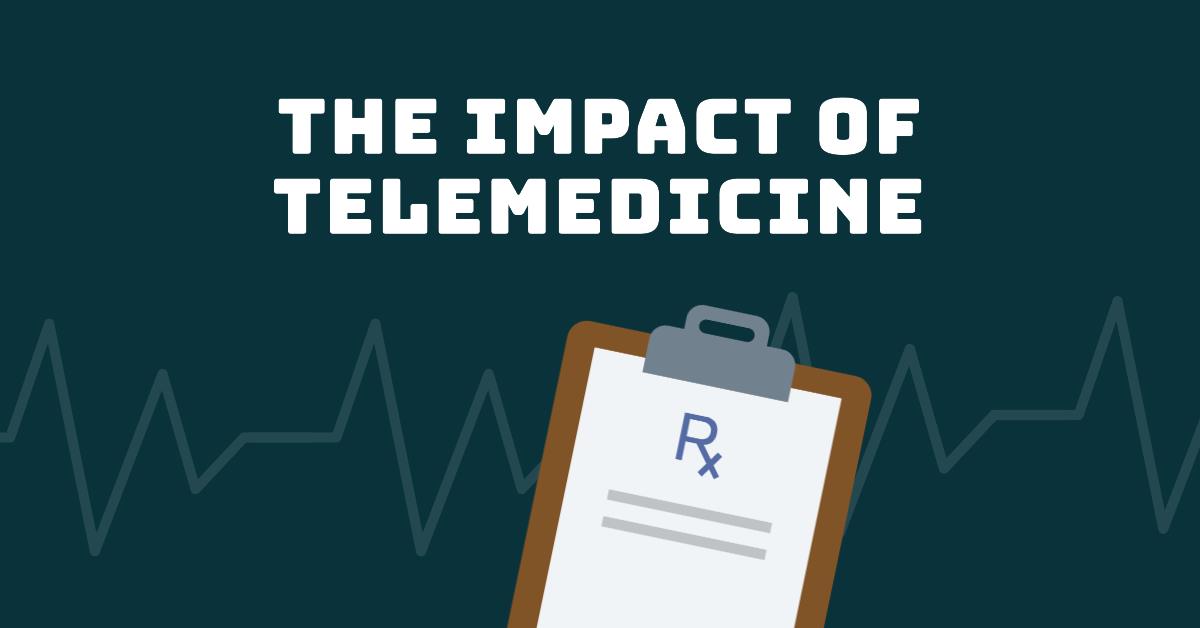Introduction:
The advent of telemedicine has revolutionized the way healthcare services are delivered, making it one of the most significant technological advancements in the medical field. This digital transformation allows patients to receive medical advice, diagnoses, and treatments remotely, leveraging the power of the internet and digital devices. The convenience and efficiency of telemedicine have led to its rapid adoption across the globe, particularly in regions with limited access to traditional healthcare facilities.
Telemedicine not only bridges the gap between patients and healthcare providers but also offers a solution to the challenges posed by increasing patient loads and the need for continuous care for chronic conditions. It has shown remarkable potential in managing outbreaks and pandemics, where minimizing physical contact can significantly reduce the spread of contagious diseases. As we delve deeper into the impact of telemedicine, it becomes clear that its integration into healthcare systems is transforming patient care for the better.
Advancements in Telehealth Technology:
“The technological backbone of telemedicine has seen rapid advancements, enabling more sophisticated and user-friendly platforms for both patients and healthcare providers. From high-definition video conferencing tools to secure messaging apps, these technologies ensure that consultations are not only accessible but also maintain patient confidentiality and data security. The development of wearable health devices and mobile health apps has further extended the capabilities of telemedicine, allowing for real-time monitoring of patients’ health conditions.” Says Jorge Sanchez from Physician on Fire
These advancements have made telemedicine a versatile tool, capable of supporting a wide range of medical services, from primary care consultations to mental health support and chronic disease management. The continuous improvement in telehealth technology is paving the way for more integrated and personalized healthcare experiences, where patients can access tailored medical advice and treatment plans from the comfort of their homes.
Accessibility and Cost-Effectiveness:
“One of the most significant benefits of telemedicine is its ability to make healthcare more accessible to people regardless of their geographical location. This is particularly important for rural or underserved communities, where healthcare facilities may be scarce or difficult to reach. Through telemedicine, patients in these areas can access specialist consultations and follow-up care without the need for long-distance travel, thereby reducing the barriers to accessing quality healthcare.” Says Tiffany Payne, Head of Content at PharmacyOnline.co.uk
Moreover, telemedicine has been shown to reduce healthcare costs for both providers and patients. By minimizing the need for physical office space and streamlining administrative processes, healthcare providers can offer services at a lower cost. For patients, the savings come in the form of reduced travel expenses and the ability to take less time off work for medical appointments. This cost-effectiveness, combined with the convenience of receiving care remotely, makes telemedicine an attractive option for many.
Patient Engagement and Satisfaction:
“Telemedicine has a profound impact on patient engagement and satisfaction by empowering patients to take an active role in their healthcare. The ease of scheduling appointments, accessing medical records, and communicating with healthcare providers through telemedicine platforms enhances the patient experience. This increased engagement leads to better adherence to treatment plans and more informed decision-making regarding health and wellness.” Says Pareen Sehat, Clinic Director of Wellbeings Counselling
Patient satisfaction with telemedicine services is consistently high, as evidenced by numerous studies and surveys. The convenience, reduced wait times, and personalized attention contribute to a positive healthcare experience. As telemedicine continues to evolve, it holds the promise of further improving patient engagement and satisfaction by offering more customized and interactive healthcare solutions.
Challenges and Future Directions:
Despite its many benefits, telemedicine faces challenges that need to be addressed to realize its full potential. These include regulatory hurdles, concerns about data privacy and security, and the need for technological infrastructure and digital literacy among both patients and providers. Ensuring equitable access to telemedicine services remains a significant challenge, particularly for elderly populations and those in low-income or rural areas.
“The future of telemedicine looks promising, with ongoing innovations aimed at overcoming these challenges. The integration of artificial intelligence and machine learning algorithms into telemedicine platforms is expected to enhance diagnostic accuracy, treatment personalization, and patient monitoring. As we move forward, the focus will be on creating a more inclusive and efficient healthcare system that leverages telemedicine to meet the diverse needs of the global
population.” Says Dean Lee – Head of Marketing at Sealions
Conclusion:
Telemedicine has emerged as a transformative force in healthcare, offering a myriad of benefits that include improved accessibility, cost-effectiveness, patient engagement, and satisfaction. The advancements in telehealth technology have made it possible to deliver high-quality healthcare services remotely, breaking down geographical barriers and making healthcare more inclusive. While challenges remain, the future of telemedicine is bright, with the potential to further revolutionize healthcare delivery. As we continue to navigate the complexities of modern healthcare, telemedicine stands out as a beacon of innovation, promising a more connected, efficient, and patient-centered healthcare system.
